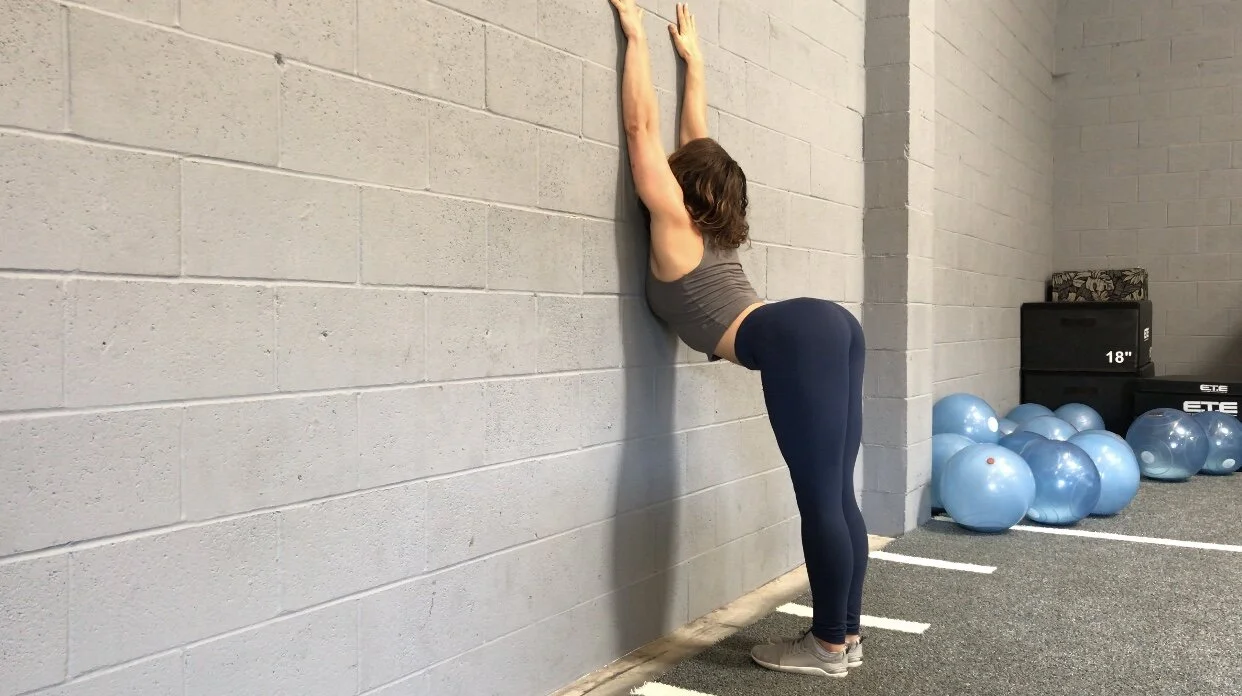Mobility is incredibly important for retaining the ability to move and play, as well as maintaining independence, as we age. Mobility — also known as active flexibility or active range of motion — is the ability to control joints and muscles throughout a range of motion, meaning the muscles can be contracted and strength can be exerted throughout that range of motion. Being mobile allows for more movement possibilities, as it encompasses flexibility and the strength to use that flexibility. When people say they want to be more “flexible”, what they actually mean is that they want to be more “mobile”.
Read MoreIf you work at a desk, chances are you need better thoracic mobility, which can affect breathing, posture, and shoulder function. The ability to flex, extend, and rotate the thoracic spine is best practiced frequently (daily if possible). Even just a few minutes a day can make a big difference!
Read MoreI've said it before and I'll say it again... mobility training is just strength training at your end range. The more mobile you become, the more ranges of motion you can access and utilize, and the stronger and more ninja-like you become! Who doesn't want to be able to crush weights AND do the splits?! If that's not motivation to add more mobility in your life, I don't know what is.
Read MoreI’d argue that mobility training and workout out can go hand in hand, or actually be the same thing. As I mentioned earlier, mobility training is just strength training at your end ranges. Working on improving end range strength and controlling the range of motion that you do have will make everything else you do work better and FEEL better.
Read MoreThe goal of Kettlebell Sport technique is to use gravity, weight shifting, breathing, and proper timing to move the kettlebells as efficiently as possible, so that you can complete as many repetitions as possible. In order to incorporate these four elements into your lifting, you must learn to relax - at the appropriate times.
Read More



